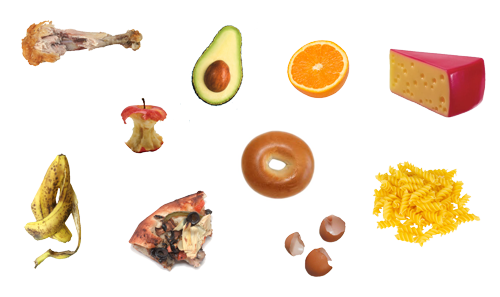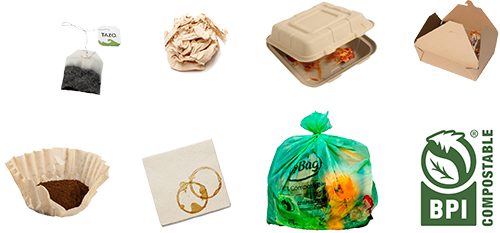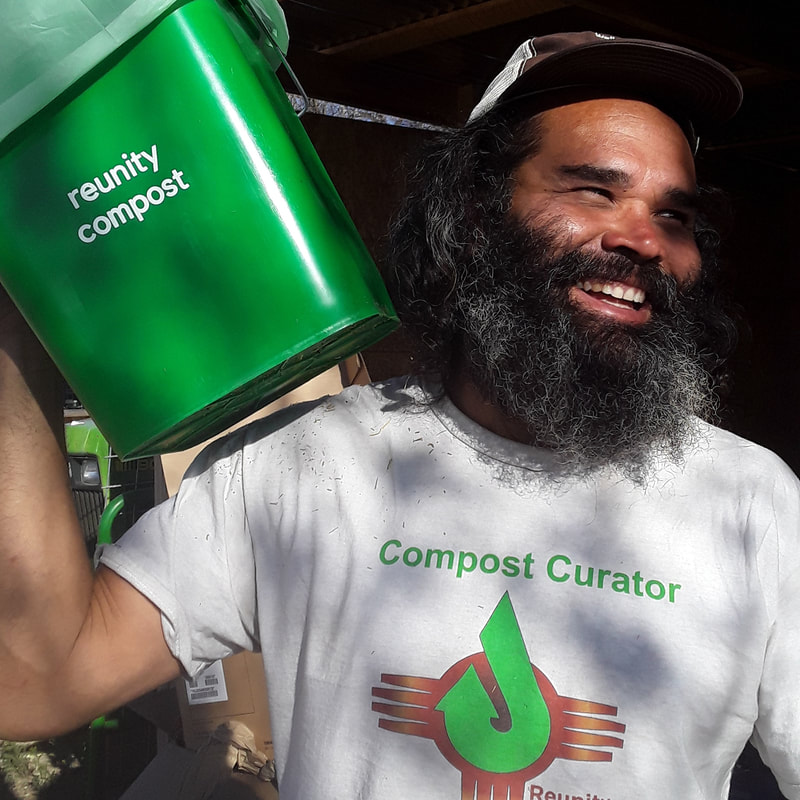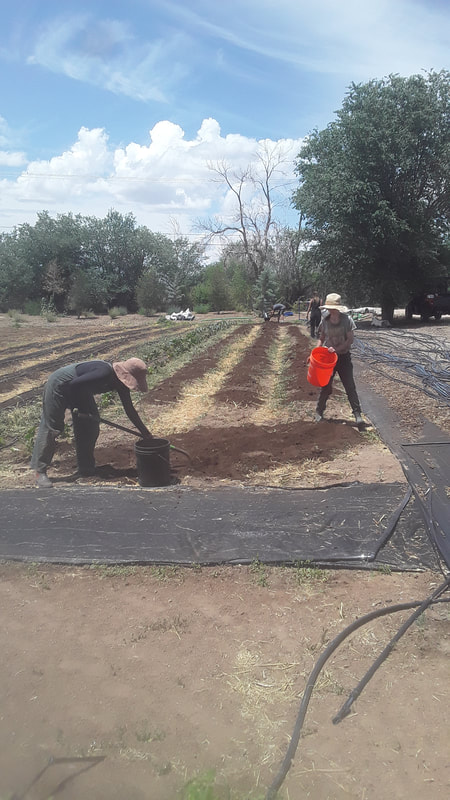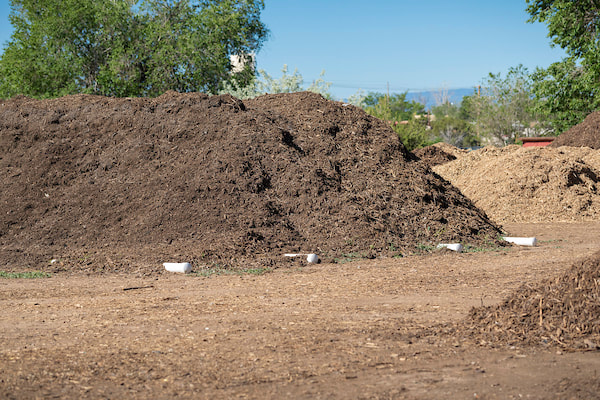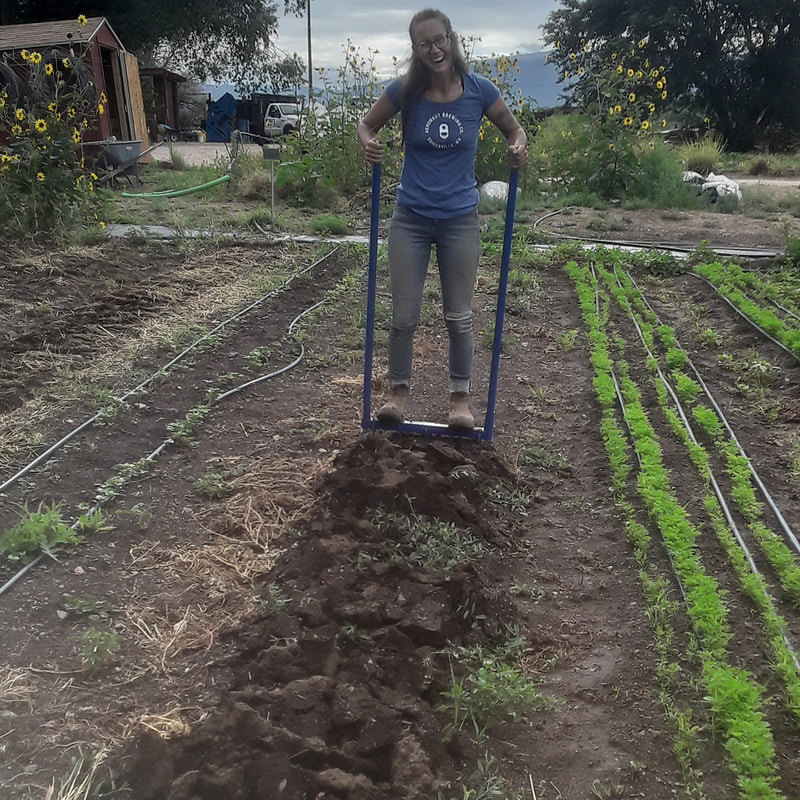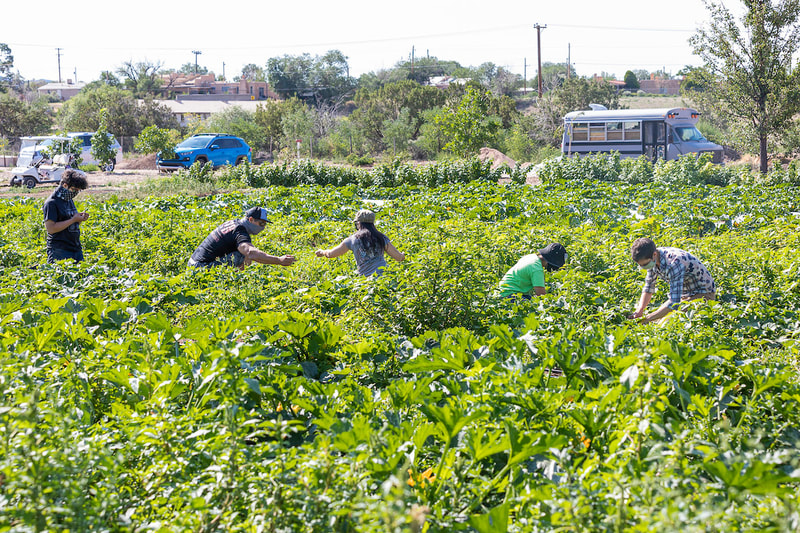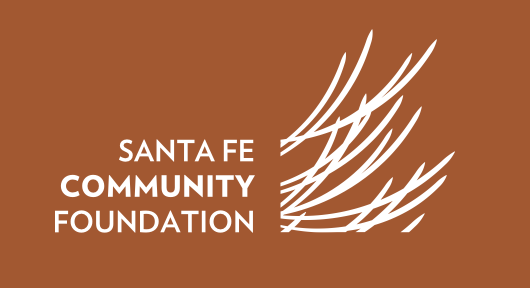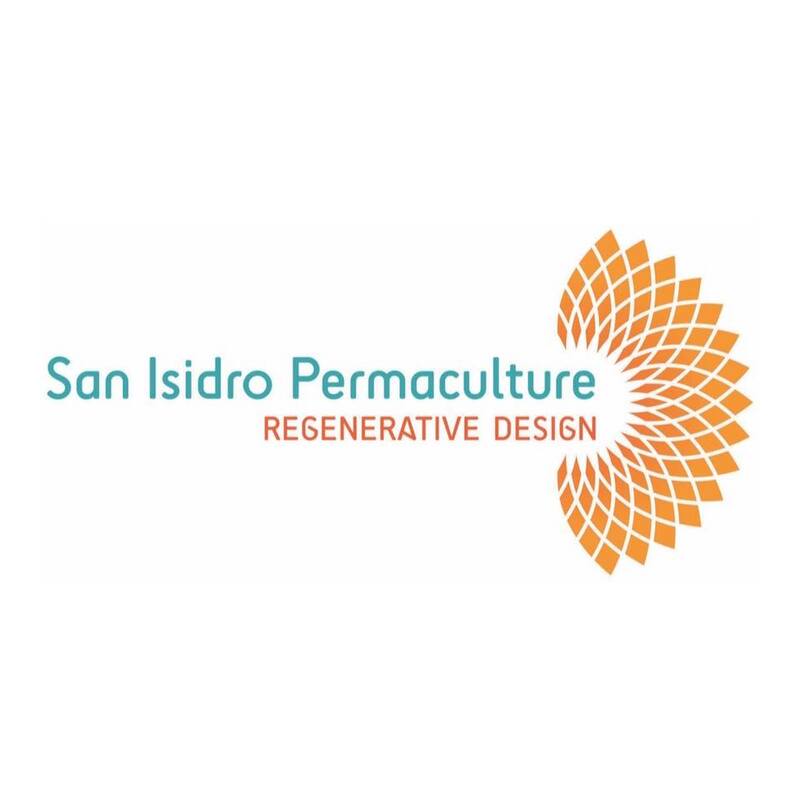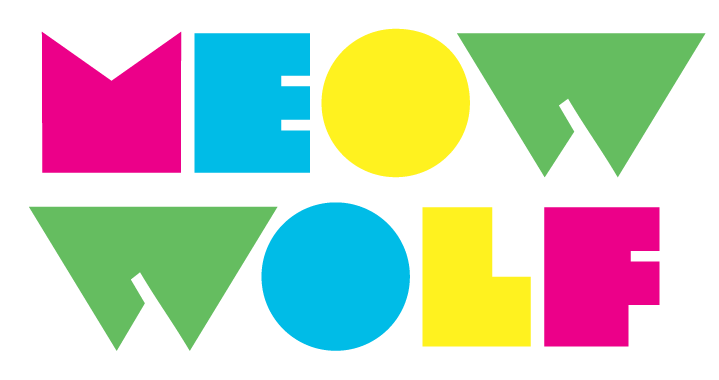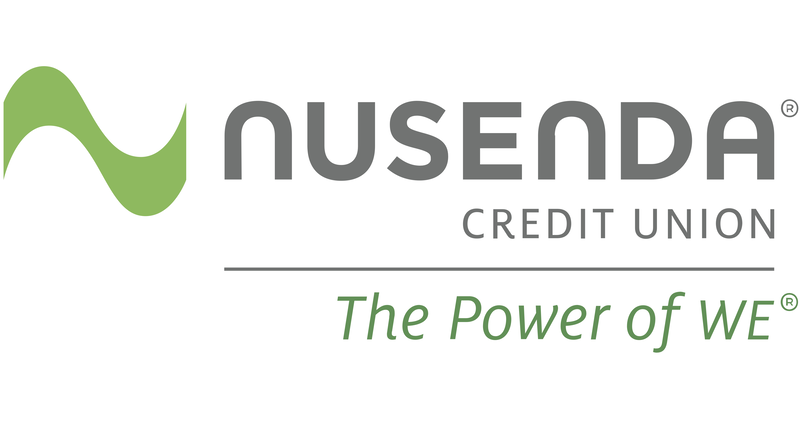What We Accept Reunity Resources?
Food Scraps
Yard Trimmings
|
Food-Soiled Paper & Compostable Products
Natural Fibers
|
Our Composting Services!
Click the links below to find out more about each program.
- Doorstep Compost Collection
- Commercial Compost Pick-Up
-Eldorado Drop Off Location
- and FREE 24/7 food scrap drop off!
- Commercial Compost Pick-Up
-Eldorado Drop Off Location
- and FREE 24/7 food scrap drop off!
Why Compost Matters
Composting combats climate change on three critical fronts. First, by removing food waste from landfills, we reduce our trash volume by about 40% which extends landfill life and reduces heavy machinery required to handle material. Secondly, food waste in landfills is also a high producer of noxious, planet-warming methane gas. In fact, if “Foodwasteinlandfills” was a country of its own, it would be the THIRD LARGEST carbon producer, behind only the US and China! Finally, when the finished compost is spread and seeds are planted, the ability for that area to sequester carbon from the atmosphere (where there’s too much) down into the soil (where we need it) is activated, thus offering the potential to reverse climate change.
Benefits of compostingFood waste in landfills is a major contributor to the climate crisis, and there are simple steps we can take to not only decrease our detrimental impact but simultaneously create positive change by building healthy soils which serve to sequester carbon from the atmosphere back into the soil where it belongs.
|
Information on various resources about compost and our work collaborations!
|
|
Vertical Divider
Your browser does not support viewing this document. Click here to download the document.
|

